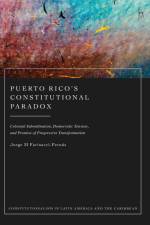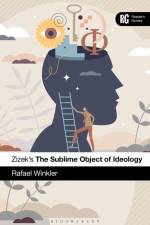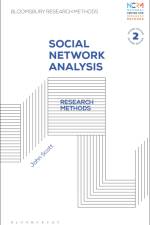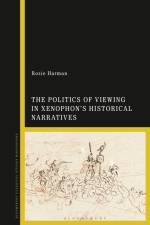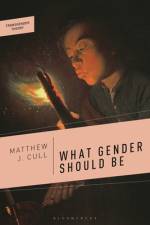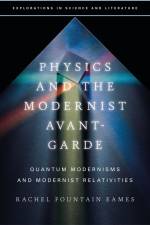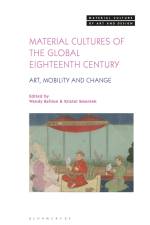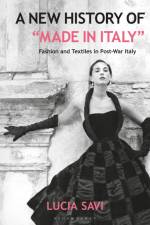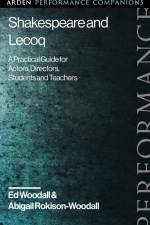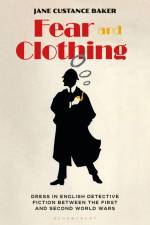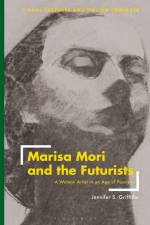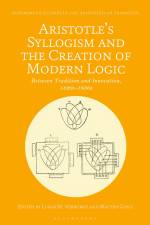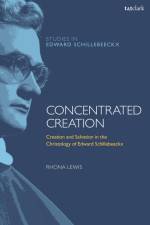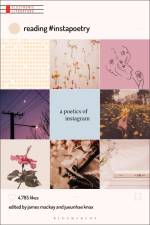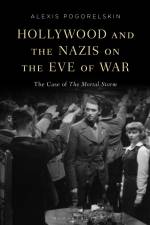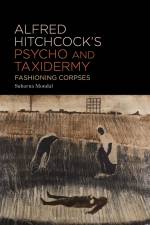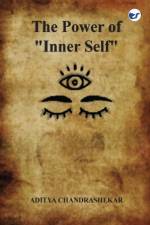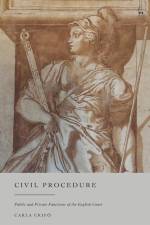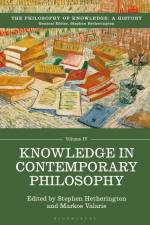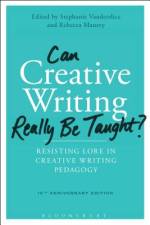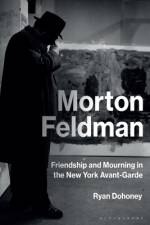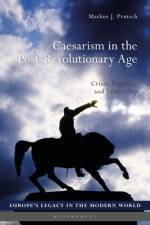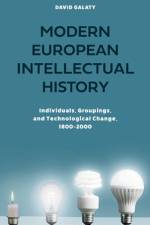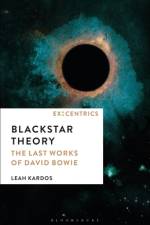av Wendy Bellion
467
From porcelain to betel leaves, Chumash hats to natural history cabinets, this book examines how objects embody imperialism, knowledge, and resistance in various ways. While every era witnesses change, the eighteenth century experienced artistic, economic, and demographic transformations that exerted unique pressures on material cultures around the world. Featuring ten essays from leading historians of British, Spanish, and West African art, this global survey brings a fresh approach to the study of eighteenth century material culture, foregrounding cultural connections, translation, and movement over static and rooted perspectives. Each chapter takes a diverse scholarly approach, identifying a specific historical example of early modern transnationalism, and engages with a number of dynamic fields of enquiry and practice, ranging from material culture and ecocriticism, through to global history and decolonization. Underpinned by case studies which feature objects and practices that span Asia, Europe, Australasia Africa and North America, the book expands beyond Eurocentric perspectives to discover the mobile, transcultural nature of eighteenth-century art worlds.Ranging from California to China, Bengal to Britain, this timely book illuminates the transformations within and between artistic media, follows natural and human-made things as they migrate across territories, and reveals how objects catalyzed change in the transoceanic worlds of the early modern period. Going beyond Eurocentric perspectives, it reveals the innate mobility and transculturality of eighteenth-century art worlds; charting new directions for global art history and cultural history of the period.

